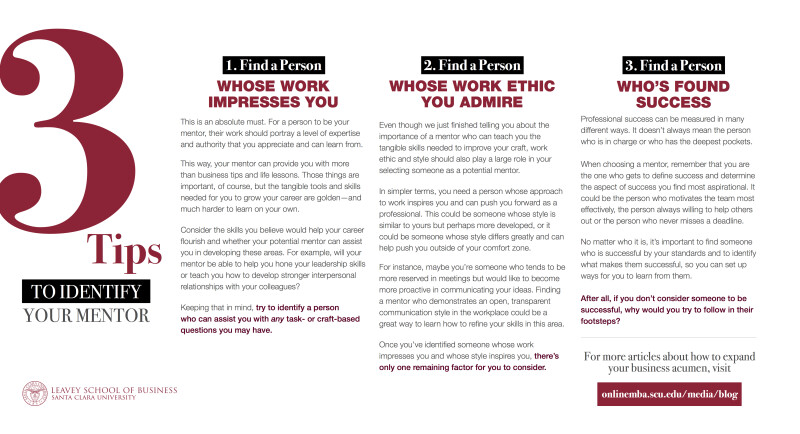How to Identify a Mentor in the Workplace and Grow as a Professional
Mentorships have been established practices to help aspiring professionals gain relevant experience and practical skills for hundreds of years.1 However, for this relationship to work, both the protege and the mentor must be willing to identify and accept their corresponding roles.
For the protege, it's a position of humility and hard work. For the mentor, it's a position of guidance and understanding.
While this is an important sociological exercise, not all professionals want or allow themselves to be mentored. In the workplace, it's largely up to each individual to identify the opportunity for mentorship and to seek it out on their own. After all, it may not be the right decision for everyone.
One age group that has consistently demonstrated a desire for workplace feedback and could potentially benefit from mentoring opportunities is millennials.2 In fact, a recent Deloitte study found that millennials planning to work for their current company for longer than five years were 68 percent more likely to have some type of mentor.2
So, how can you find that person in your office who can help you develop your skills and career? In our infographic below, we've outlined three helpful tips for those seeking to identify a workplace mentor.

Want more work performance tips? Read about ways to keep your work energized and at its best.
- Roche, G. (January 1979). Much Ado About Mentors. Retrieved on June 22, 2017, from https://hbr.org/1979/01/much-ado-about-mentors
- Deloitte. (2016). The 2016 Deloitte Millennial Survey: Winning over the next generation of leaders. Retrieved on June 20, 2017, from deloitte.com/content/dam/Deloitte/global/Documents/About-Deloitte/gx-millenial-survey-2016-exec-summary.pdf
